
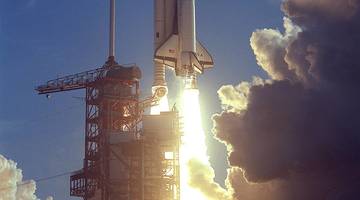
Taking science and technology to new heights. Rocket science includes ideas of forces and motion, how rockets work and some of the challenges for those wanting to make rockets go faster and ...
READ MORE
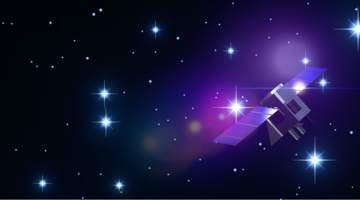
Have you ever wondered what it would be like to work in the space sector? It goes way beyond astronauts and rockets and it’s growing fast! The Hub has teamed up with the Ministry of Business ...
READ MORE
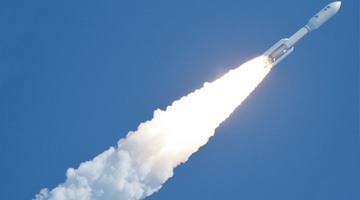
An inquiry approach is a method often used in science education. The question bank provides an initial list of questions about rockets and places where their answers can be found. The article ...
READ MORE

In this activity, students view a slide show presentation introducing some rockets, their purposes and distances travelled in space. By the end of this activity, students should be able to ...
READ MORE
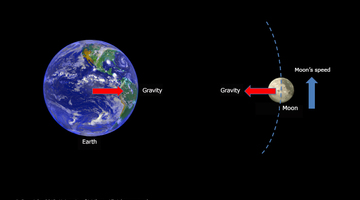
In this activity, students use a simple true or false interactive tool to categorise facts. This activity could be used as a formative activity to gather students prior knowledge and ...
READ MORE
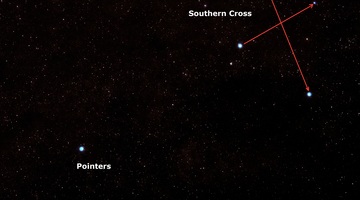
In this activity, students observe how the Moon appears to move across the sky each hour, as well as over several days. They discuss how both the rotation of the Earth as well as the satellite ...
READ MORE

Search data from NASA’s Kepler spacecraft for the dips in star light intensity caused by exoplanets – planets that orbit stars other than the Sun. As these exoplanets pass between the star and ...
READ MORE
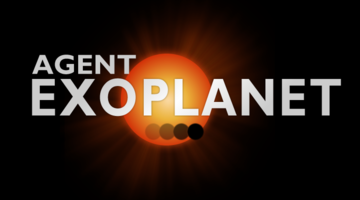
Help astronomers at Las Cumbres Observatory, California, study exoplanets – planets that orbit stars other than our Sun. Do this by interpreting images taken by their telescopes in Hawaii ...
READ MORE

Globe at Night is an international citizen science campaign to raise public awareness of the impact of light pollution by inviting citizen scientists to measure and submit their night sky ...
READ MORE
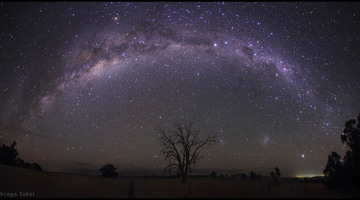
In this online PD session recorded in August 2015, secondary school teacher Steve Chrystall describes how he uses the Science Learning Hub’s satellites and rocket resources to teach space and ...
READ MORE

Bring some awe into your classroom. The Science Learning Hub has developed a suite of resources designed to grow Aotearoa New Zealand students' interest in space. Join us to discover ways to ...
READ MORE
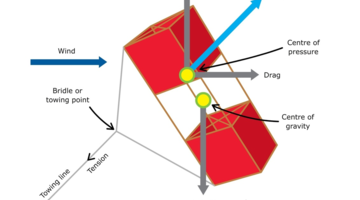
Are you looking for ways to teach forces? If you’re new to the Science Learning Hub, you may want to start with our introductory video on teaching physics. Help, I’m teaching physics Discover ...
READ MORE
The Aotearoa New Zealand space sector is growing rapidly. This video introduces 13 experts who work in a variety of fields in science, engineering and mātauranga Māori. Jargon alert: Aerospace ...
READ MORE
MethaneSAT is designed to detect methane emissions from accidental leaks, natural sources and agricultural practices. Dr Sara Mikaloff-Fletcher and Dr Beata Bukosa (NIWA) and Professor David ...
READ MORE
Otago University Space Physicist Associate Professor Craig Rodger explains what a coronal mass ejection (CME) is. He then goes on to describe the impact such an event could have on the Earth’s ...
READ MORE
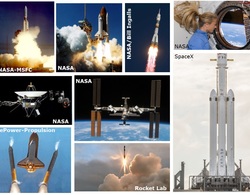
This slideshow introduces a selection of rockets, their purposes and distances travelled in space. Use the Slideshow menu for further options, including view full screen, and go here for the ...
READ MORE
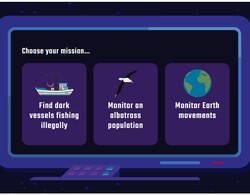
Choose a mission and then successfully build and launch a satellite that can help gather the data required. Select here for additional information on using this interactive simulation.
READ MORE
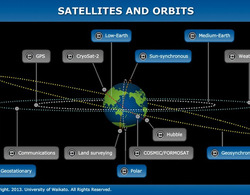
The size, orbit and design of a satellite depend on its purpose. In this interactive, scientists discuss the functions of various satellites and orbits. Accompanying fact files provide ...
READ MORE